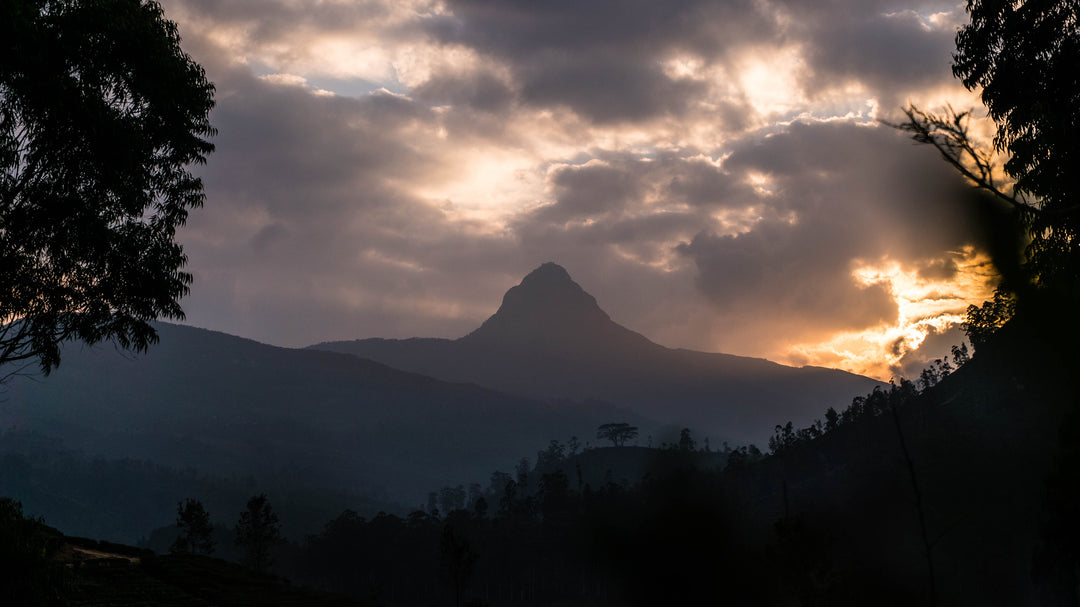Part 1: Tasting at the University of Tea – From Dry Leaf to Copper Cups
In a recent post I gave you an overview about our weeklong PMD Tea University experience, over the next four postsI will explain the stages of the programme in more detail. This time I will discuss tasting, and in future weeks I will cover the intricacies of pruning and replanting, and then finally about the tea estates we visited.
Tea tasting is a skill that is acquired over a number of years, and in truth you never reach the end of that journey. It is truly an art.
The students spent a day in the tasting room where they tasted well over 100 cups of tea and inspected even more dry leaf.

The starting point is the grading assessment of the dry leaf. That entails reviewing the quality of tea leaf and assessing the leaf’s particle size. For it to be a good leaf and true to its grade quality, the leaf structure needs to be well twisted and be of a good density. If you would like to understand that in more detail please click here. An experienced taster will look for these characteristics, and will be able to forecast what the tea is likely to taste like. Teas that are very open and possess a flaky leaf, will lack flavour as compared to one that has a good twist, which will be stronger.
After grading, the students looked at many infused cups of tea. This is all about smell, aroma and inspecting the infusion. Bright coppery infusions are the target and an indication of a well-made tea. Dull and dark infusions are not ideal. Finally as a taster we are searching for intricate notes or smells.

This is the process that every PMD tea has been through before it arrives through your letterbox.
The students also spent some time understating how certain leaf styles are preferred by certain markets. For example Eastern European buyers choose Pekoe grades of tea,
As compared to Middle Eastern buyers who prefer teas that have tips like the Vithanakande or Panilkande both of which PMD tea sell.
Students also got to see a wide breadth and depth of tea that is sold at the Colombo Tea Auction which is the world's largest single origin tea auction.
Hopefully this has given you an insight into our activities at the University of Tea. Next week we’ll continue with an explanation of pruning.




